Patellofemoral Pain Syndrome (PFPS) is a common cause of knee pain in both adolescents and adults. It is especially prevalent in runners and is sometimes called “Runner’s knee”. PFPS is typically characterized by pain at the front of the knee.
Anatomy:
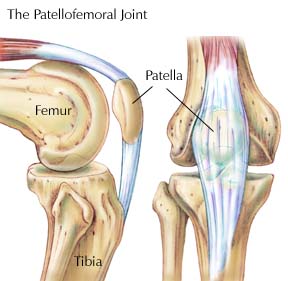 The patellofemoral joint is comprised of the patella (knee cap) and the femur (thigh bone). The patella sits in a groove on the femur. When the knee bends, the patella moves along this groove. This is referred to as “patellar tracking”. A combination of dynamic (quadricep muscles and ITB) and static (articular capsule, medial and lateral retinacula, bony structure and ligaments) stabilizers control patellar tracking.
The patellofemoral joint is comprised of the patella (knee cap) and the femur (thigh bone). The patella sits in a groove on the femur. When the knee bends, the patella moves along this groove. This is referred to as “patellar tracking”. A combination of dynamic (quadricep muscles and ITB) and static (articular capsule, medial and lateral retinacula, bony structure and ligaments) stabilizers control patellar tracking.
Symptoms:
- Pain around or under the patella
- Aggravated by activities such as squatting, going down stairs, kneeling, lunging, running and prolonged periods of sitting
- Knee may feel stiff
- May notice clicking or grinding with knee movement
- Minimal swelling
Causes:
There are 3 primary contributing factors that increase the risk of PFPS.
1) Muscular imbalance
- Quadricep muscle weakness can impair patellar tracking. When the inner quadricep muscle is weak and the outer quadricep muscles and ITB are tight, the patella is pulled towards the outside, impairing its tracking. Tight hamstrings and calves can also contribute to PFPS. Furthermore, weak gluteus muscles decreases pelvic stability and increase the force placed on the knee which increases risk of PFPS.
2) Malalignment
- Large Q-angle (wide hips), knock knees and asymmetrical kneecaps can contribute to PFPS. Additionally, over pronation (excessive rolling-in) of the feet can cause the lower leg to rotate inwards, increasing stress on the knee joint.
3) Overactivity
- Increasing your running/training mileage, speed, intensity and hill work too quickly without enough rest are common training errors that can cause PFPS.
Treatment:
Physiotherapy can effectively treat PFPS. The first step of treatment is identifying the cause of the problem. A treatment plan will then be created to deal with the cause and prevent injury recurrence. Initially, resting and icing the knee will be important to decrease pain and inflammation. A variety of soft tissue techniques, andjoint mobilization, as well stretching and strengthening exercises will be used to further rehabilitate the knee and surrounding structures. If necessary taping techniques, knee bracing and foot orthotics may recommended to deal with malalignment issues. It is important to note that addressing this issue early will promote faster recovery.
For more information about Kinetic Physiotherapy, visit our website:http://www.kineticphysiotherapy.ca Contact Kinetic Physiotherapy via e-mail:info@kineticphysiotherapy.ca or phone: 905-637-1414 to set up an appointment.
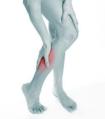
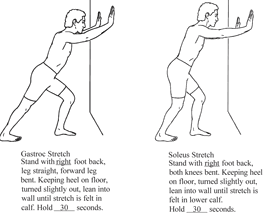

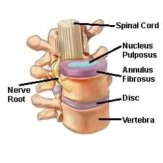
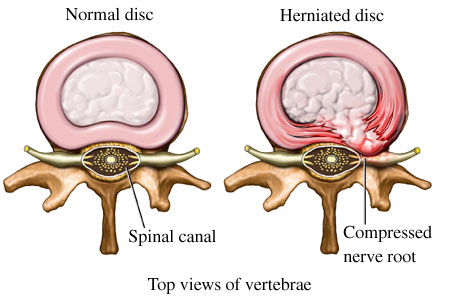
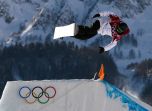
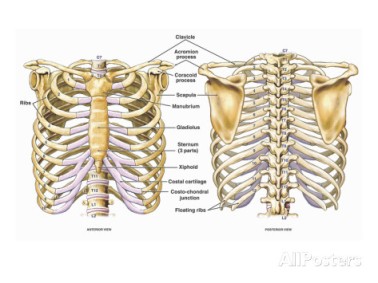
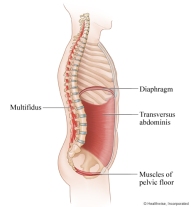
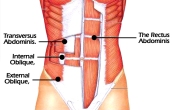
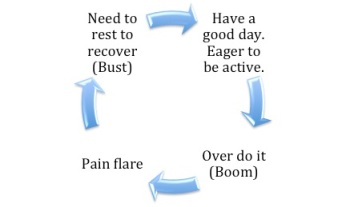
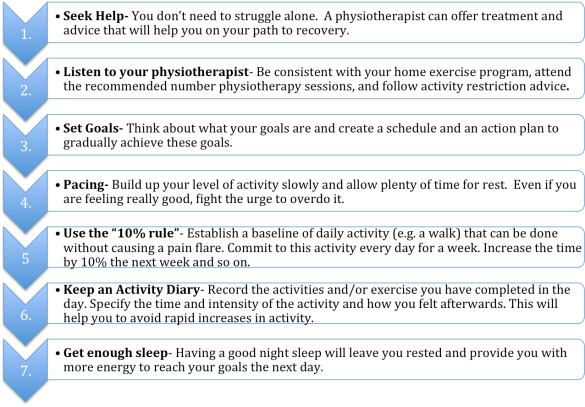

 It is widely accepted that physiotherapy is beneficial after an ACL repair, hip or knee replacement and various other surgeries. However, the idea of “pre-hab” or pre-surgical rehabilitation is becoming increasingly popular… and for a good reason. Studies have found that a person’s strength, flexibility, functional ability and pain prior to surgery, such as a total knee replacement, significantly predicts the outcome of his or her recovery after surgery. In other words, the stronger, less painful and more flexible a person is prior to surgery, the more likely they are to have a faster and easier recovery.
It is widely accepted that physiotherapy is beneficial after an ACL repair, hip or knee replacement and various other surgeries. However, the idea of “pre-hab” or pre-surgical rehabilitation is becoming increasingly popular… and for a good reason. Studies have found that a person’s strength, flexibility, functional ability and pain prior to surgery, such as a total knee replacement, significantly predicts the outcome of his or her recovery after surgery. In other words, the stronger, less painful and more flexible a person is prior to surgery, the more likely they are to have a faster and easier recovery. With the first dusting of snow upon us and the reminder that winter on its way, we thought it would be a good time to talk about snow shovelling safety. Improper snow shovelling technique can place you at an increased risk for injuries ranging from sprains and strains to significant back injuries. It is always important to put safety first and take the necessary precautions to prevent hurting yourself.
With the first dusting of snow upon us and the reminder that winter on its way, we thought it would be a good time to talk about snow shovelling safety. Improper snow shovelling technique can place you at an increased risk for injuries ranging from sprains and strains to significant back injuries. It is always important to put safety first and take the necessary precautions to prevent hurting yourself.